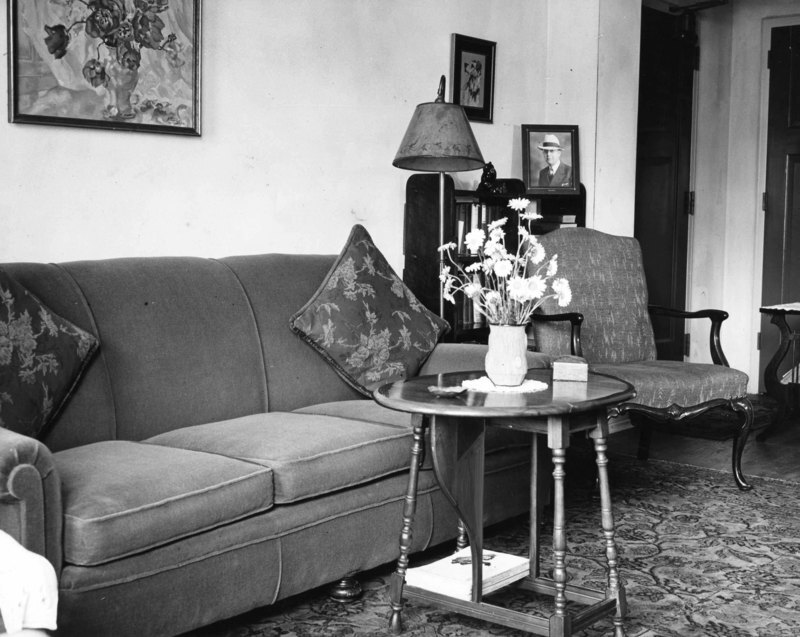Lakeview Terrace

The population of Cleveland rose dramatically during the first two decades of the twentieth century as European immigrants, African Americans, and others came to find work in the city's burgeoning industries. As in other American industrial cities around this time, these impoverished new arrivals and their families often lived in slums and tenements since quality housing was scarce and unaffordable. This concerned reformers, who feared the effects that unhealthy and potentially immoral living conditions were having on the poor.
The energetic and pioneering efforts of city councilman and housing reformer Ernest J. Bohn, who served as head of the Cleveland Metropolitan Housing Authority from its inception in 1933 until the 1960s, ensured that Cleveland would be a leader in public housing projects. Even before the city secured millions of dollars of federal money in the mid-1930s to build three of the first public housing projects in the nation, Bohn and other reformers conducted studies of housing conditions and sought ways - with only mixed success - to form public-private partnerships to encourage new home construction.
Depression-era federal programs spurred the development of public housing in Cleveland, providing the money needed to turn reformers' ideas into reality. The Public Works Administration (PWA) made Cleveland the site of the first federally funded projects in the mid-1930s when it authorized the construction of Lakeview Terrace, Cedar-Central, and the Outhwaite Homes. The city celebrated the completion of the projects in 1937 with festive ceremonies. First Lady Eleanor Roosevelt was in attendance for the dedication of Lakeview Terrace.
Built into a sloping hillside overlooking Lake Erie and the industry lining the old mouth of the Cuyahoga River, Lakeview Terrace was designed to be an ideal environment for struggling, though not necessarily destitute, families unable to find affordable housing elsewhere in the city. A multi-purpose community center, playgrounds, plenty of green space, and several murals heightened its attractiveness.
Reformers intended Lakeview and the other projects to be temporary stopping off points for upwardly mobile families. In direct opposition to the unhealthy, vice-filled slums, they would engender positive American values and strong, healthy children. Indeed, at their inception, the prospect of moving to public housing was a source of excitement, optimism, and relief. This was the promise of public housing at a time when home ownership had yet to become a realistic option for most working-class Americans.
Video
Images






